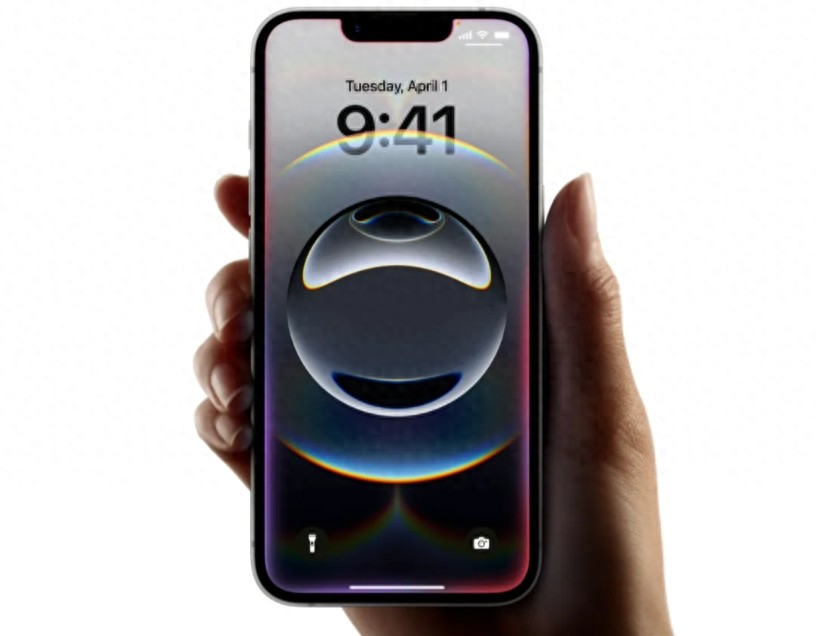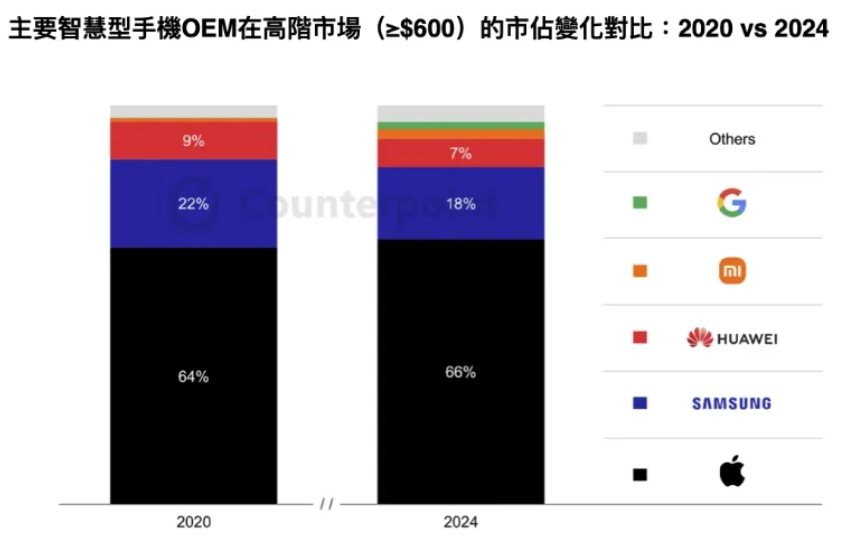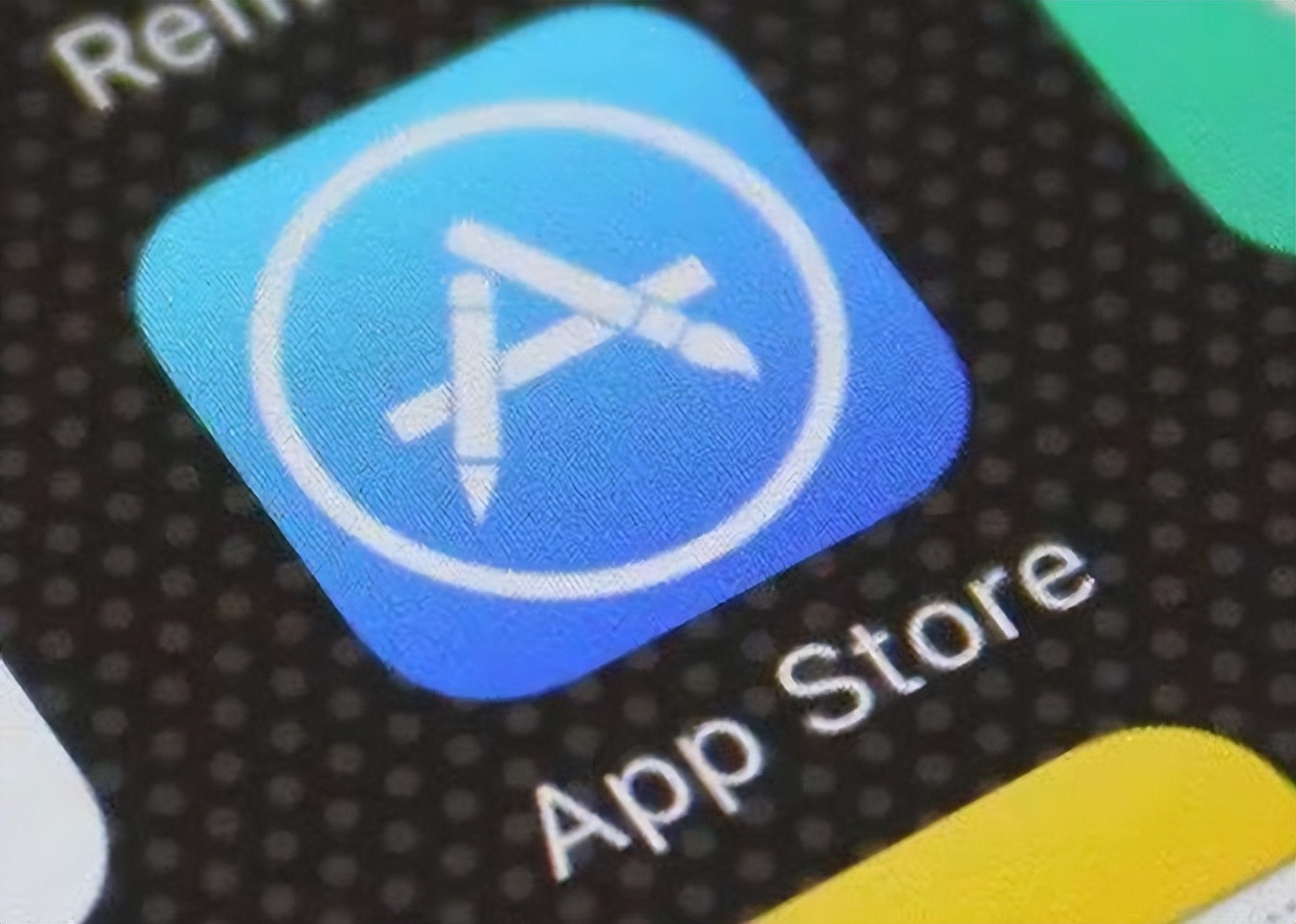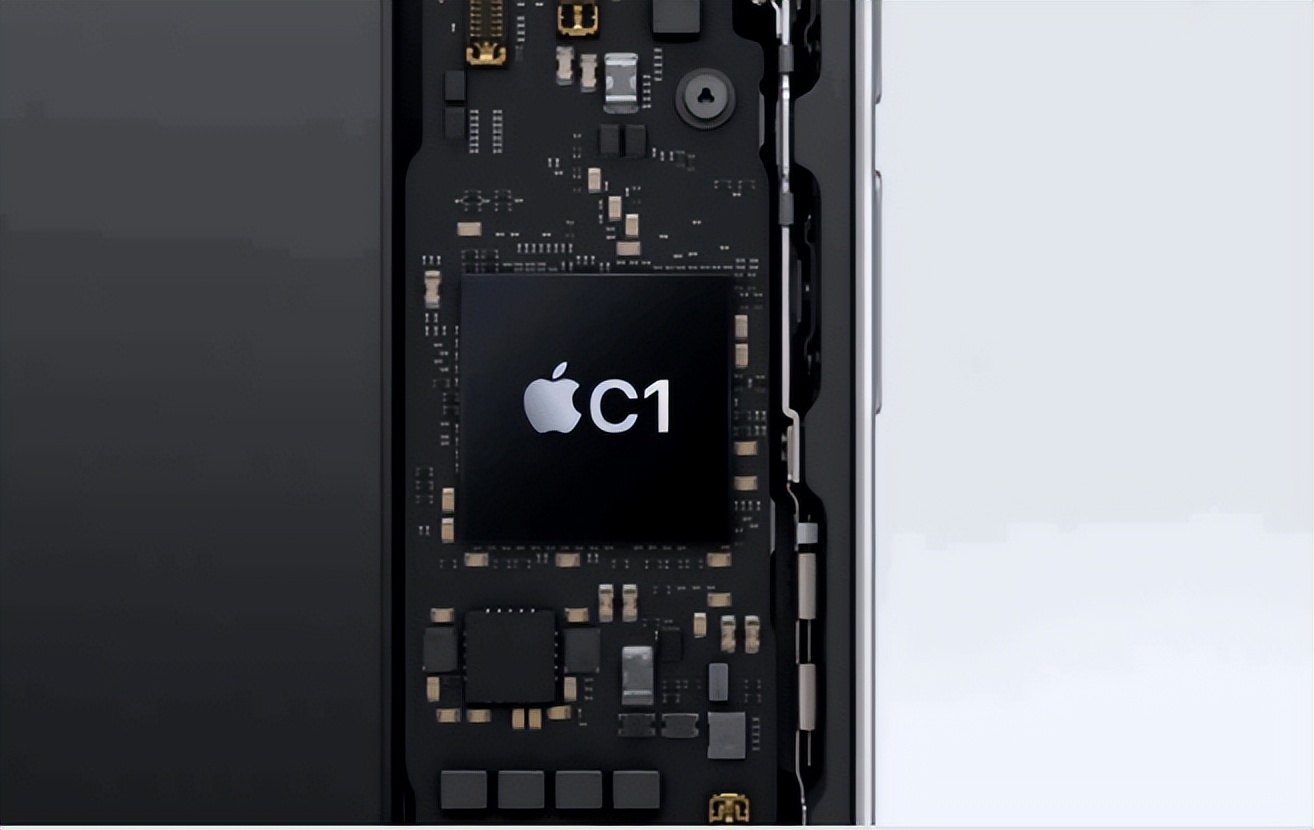Unveiling Apple's Dual Strategies with the iPhone 16e
![]() 02/21 2025
02/21 2025
![]() 548
548
Initially anticipated to launch as the iPhone SE4 this spring, Apple has surprised with the unveiling of the iPhone 16e.
The mere naming convention underscores a shift in Apple's positioning of the SE model. It has transitioned from being a budget-friendly alternative to a cost-effective flagship, seamlessly integrating into the iPhone 16 series.

This renaming, paired with the introduction of the iPhone 16e, subtly encapsulates Apple's two primary ambitions.
The first ambition centers on expanding its market presence downwards, specifically targeting the mid-range segment.
Industry standards classify devices with a wholesale price exceeding $600 as high-end. Apple's flagship models, like the iPhone 16, fall into this category. However, the high-end market comprises only around 25% of the total, with the remaining 75% dominated by phones priced below $600.

With a 66% share in the high-end market, Apple faces limited growth potential. Thus, the company's strategy to boost sales revolves around developing mid-range models. While these devices may not generate substantial profits from hardware sales alone, Apple leverages its App Store ecosystem. By increasing phone sales, Apple can still reap significant revenue through services and software, making the iPhone 16e emblematic of its mid-range market expansion.

The second ambition involves the development of an in-house baseband chip. The iPhone 16e eschews Qualcomm's 5G baseband in favor of Apple's proprietary C1 chip.
Apple touts the C1 as the iPhone's most power-efficient baseband chip to date, emphasizing efficiency over raw power. This suggests that, for now, the C1's performance trails Qualcomm's offerings. However, the iPhone 16e serves as a crucial testing ground for Apple's baseband technology. After years of development—spanning six years—Apple is meticulously validating its chip.

If successful, Apple may gradually integrate the C1 into its flagship models, eventually phasing out Qualcomm's baseband chips altogether. This ambition underscores Apple's desire to reduce its reliance on Qualcomm.
Whether Apple fully realizes these ambitions is not a matter of immediate concern. The company can take its time, testing and refining its strategies, ultimately steering towards its desired outcomes.








